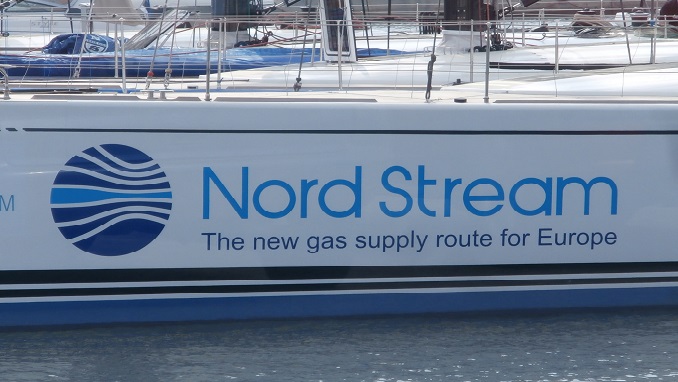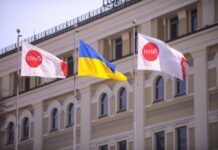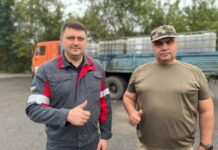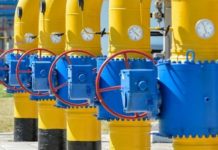Russian pipe-laying and other vessels are heading to Nord Stream 2 pipeline construction sites in the Baltic Sea, ship tracking data showed on Friday, amid U.S. pressure to scrap the project that aims to pump more Russian gas to Europe, Reuters reports.
Work on Nord Stream 2 pipeline, which will land in Germany, was suspended in December 2019 when Swiss-Dutch company Allseas halted pipe laying because of U.S. threats to impose sanctions.
Work resumed for a brief period in last month on a 2.6-km (1.6-mile) stretch in German waters. A Danish regulator said construction would restart in Danish waters from mid-January, with Russian pipe-laying vessel Fortuna, which had worked in the German zone.
Refinitiv Eikon data showed Fortuna was in the region of the German-Danish maritime border. Other Russian supply vessels were also moving to the area, including pipe-laying vessel Akademik Cherskiy, the data showed.
Nord Stream 2 cited the Danish Maritime Authority notice about resuming work on Jan. 15. The group said in a statement that activities would include preparatory work and tests before pipe-laying started.
Nord Stream 2 is designed to double capacity of the existing undersea Nord Stream gas pipeline from Russia to Germany to 110 billion cubic meters (bcm) per year, equivalent to more than half of Russia’s overall pipeline gas exports to Europe.
The United States has piled on pressure to halt the project by introducing a raft of sanctions, including against Fortuna, which is owned by a company called KVT-RUS.
U.S. President Joe Biden has opposed Nord Stream 2 in the past. The United States, which wants to sell more of its liquefied natural gas to Europe, has said Europe should not increase its reliance on Russian gas supplies.
More than 90% of the project has been completed.
Gazprom’s western partners in the project, estimated to cost 9.5 billion euros ($11.5 billion), are Germany’s Uniper, BASF’s Wintershall Dea, Anglo-Dutch oil major Shell, Austria’s OMV and French energy company Engie.












